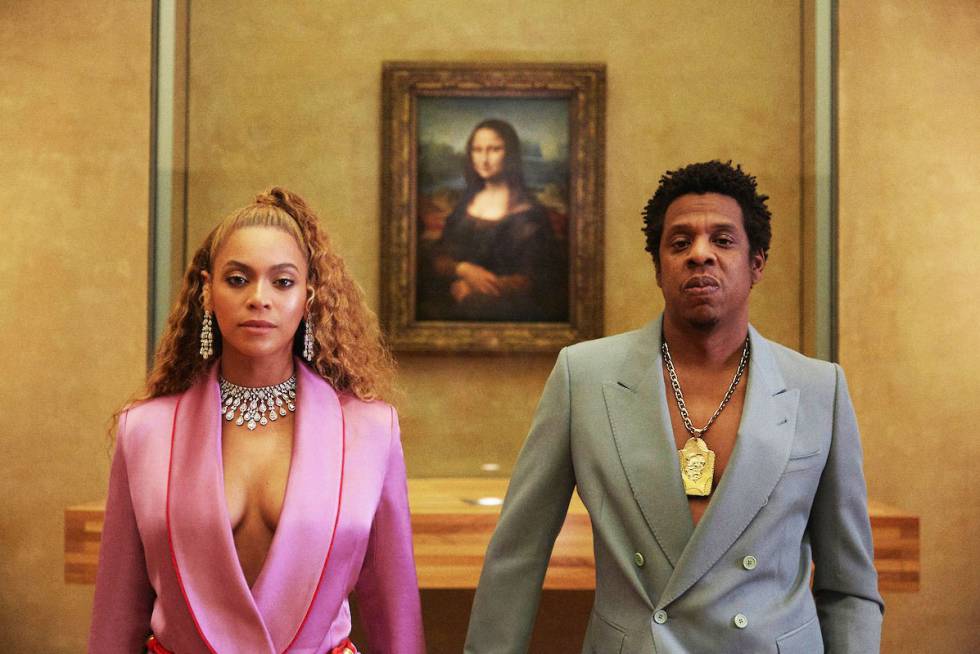Traditionally, cultural experiences have taken place in physical spaces such as museums. However, museums are struggling to attract new and young visitors. Therefore, the oldest public aquarium in the world, the aquarium de Paris embraces emerging technologies such as the metaverse and non-fungible tokens(NFTs). This shift exemplifies how the Metaverse disrupt cultural engagement as the digital and physical worlds converge.
People from around the world can now immerse themselves in the world of jellyfish without leaving their homes with the Jellyfish NFT collection. The Jellyfish NFT collection is a first-of-its kind scientifically accurate marine biology NFT project (Aquarium de Paris – Metaseum, n.d.). Aquarium de Paris has the largest jellyfish collection in the world, outside of Japan. A collection of 1234 Jellyfish based NFT’s on 64 species have been launched in December 2022 in collaboration with the Metaseum, a metaverse of culture and cultural institutions. The particular thing about these jellyfish NFT’s is that they are a 1:1 replication of real jellyfish swimming in the aquarium (Desk, 2022). The NFT’s have been verified by a team of marine biologists. So all characteristics of the NFT correspond to the jellyfish in the aquarium, such as their names, scientific families, geographical locations, ages and more. By acquiring a jellyfish NFT, you are also promoting the sharing of knowledge on a relatively unknown animal; jellyfish. With the launch of this collection, Aquarium de Paris is the first one in history to use metadata to categorize scientific traits as NFTs (Desk, 2022). For the first time, scientific data is encoded on the blockchain, which makes science and art come together.
Moreover, the aquarium de Paris is opening its doors in the metaverse in Oktober this year. The Metaverse is a digital space that empowers users to interact socially, using digital avatars, to generate value and co-create experiences (Gursoy et al., 2022). Using this emerging technologies, they hope to create a new community. I personally think it is super interesting to see an old established organization such as the aquarium de Paris to be open for change, and explore emerging technologies such as NFTs and the metaverse.
In the next post, I will look further into the interaction between the creator and the consumer, and discuss whether I think these emerging technologies can help cultural experiences reach more people and increase engagement. Do you think that the use of emerging technologies stimulates the interaction between people and culture?
Sources
Aquarium de Paris—Metaseum. (n.d.). Retrieved September 14, 2023, from https://www.metaseum.space/aquarium-de-paris
Desk, A. P. (2022, December 9). The Aquarium de Paris and Metaseum launch the world’s first scientifically accurate NFT collection. AlexaBlockchain. https://alexablockchain.com/the-aquarium-de-paris-metaseum-launch-worlds-first-scientifically-accurate-nft-collection/
Gursoy, D., Malodia, S., & Dhir, A. (2022). The metaverse in the hospitality and tourism industry: An overview of current trends and future research directions. Journal of Hospitality Marketing & Management, 31(5), 527–534. https://doi.org/10.1080/19368623.2022.2072504


